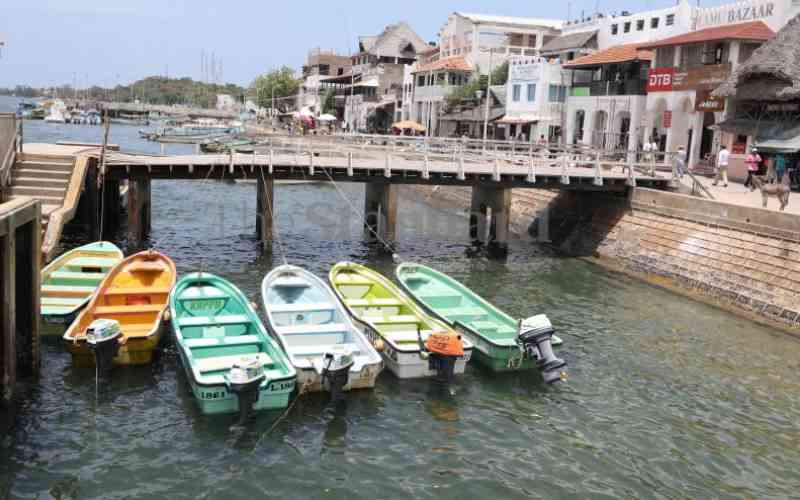×
The Standard e-Paper
Truth Without Fear

Seeing the narrow streets of Lamu in a picture, one might be forgiven for thinking they might feel claustrophobic.
If you find yourself on the ground, however, the feeling is completely different. It is an immersion into architectural and cultural history. The old and new live side by side. This Unesco World Heritage site is one of the best known, but it is not the only one.